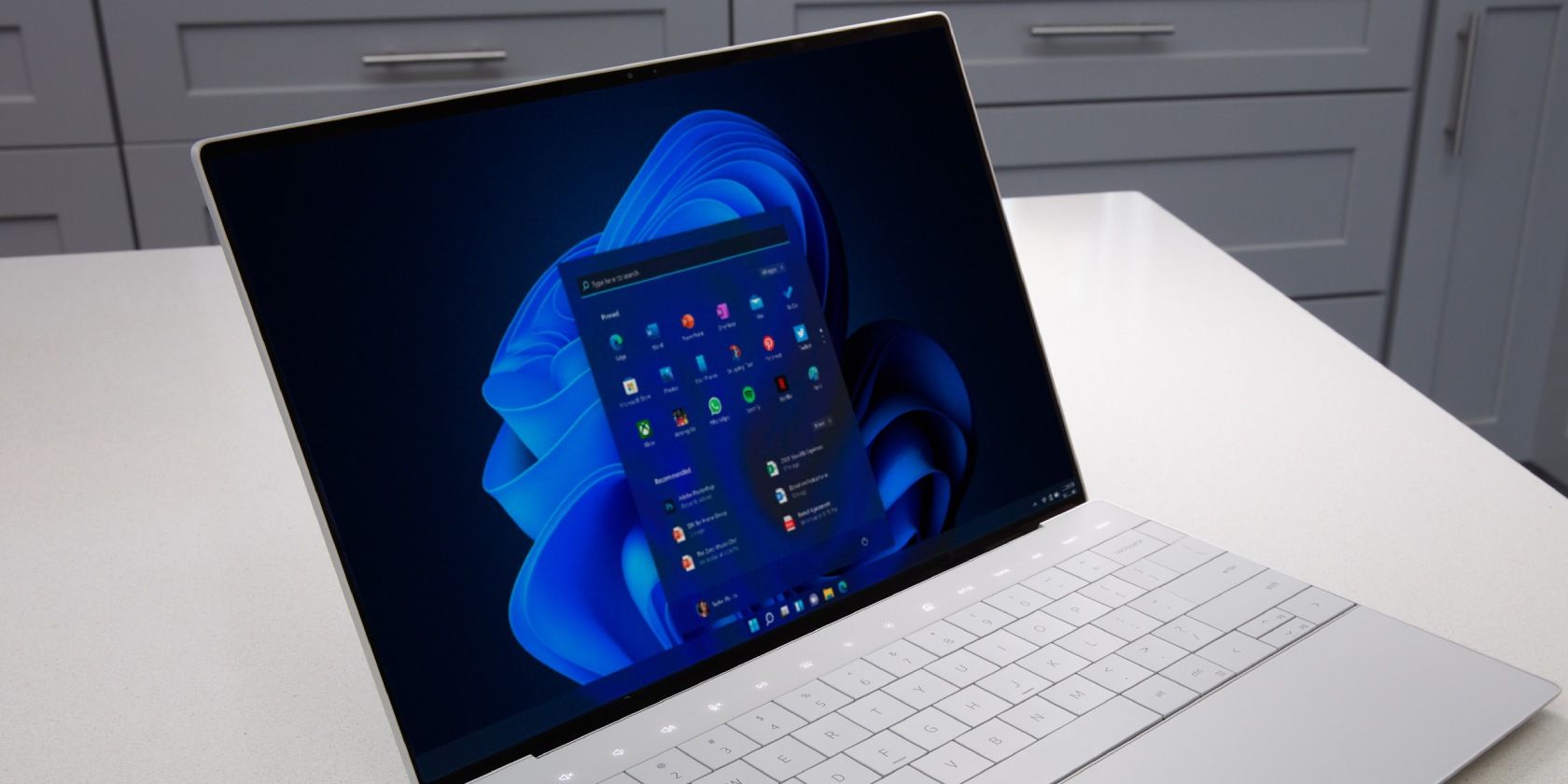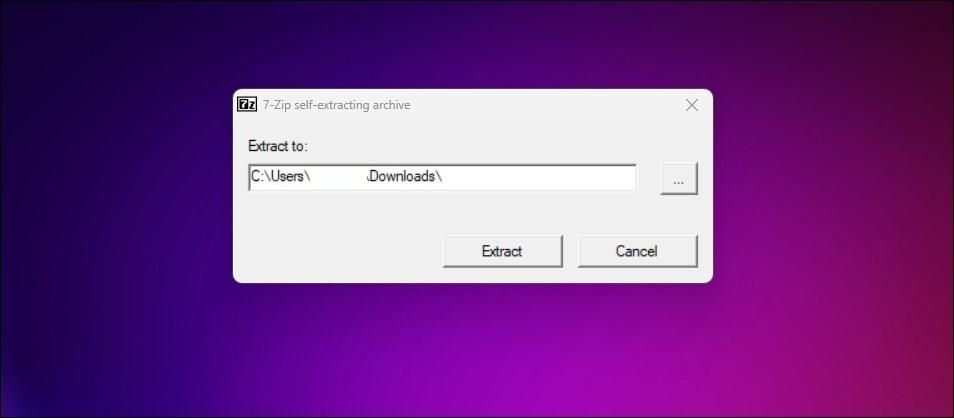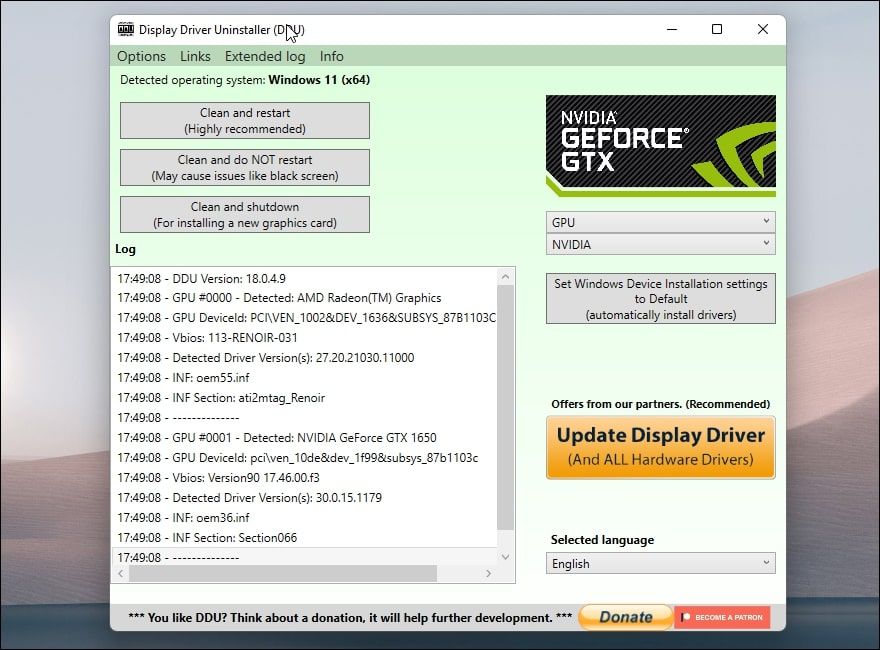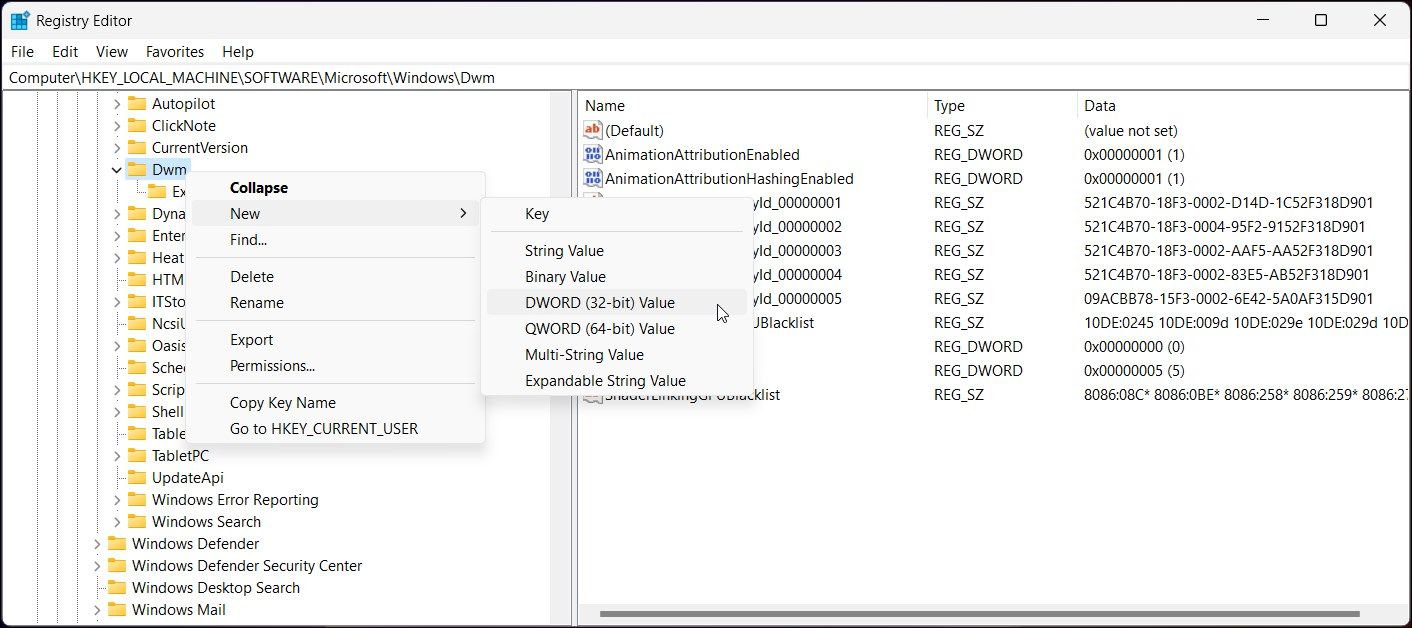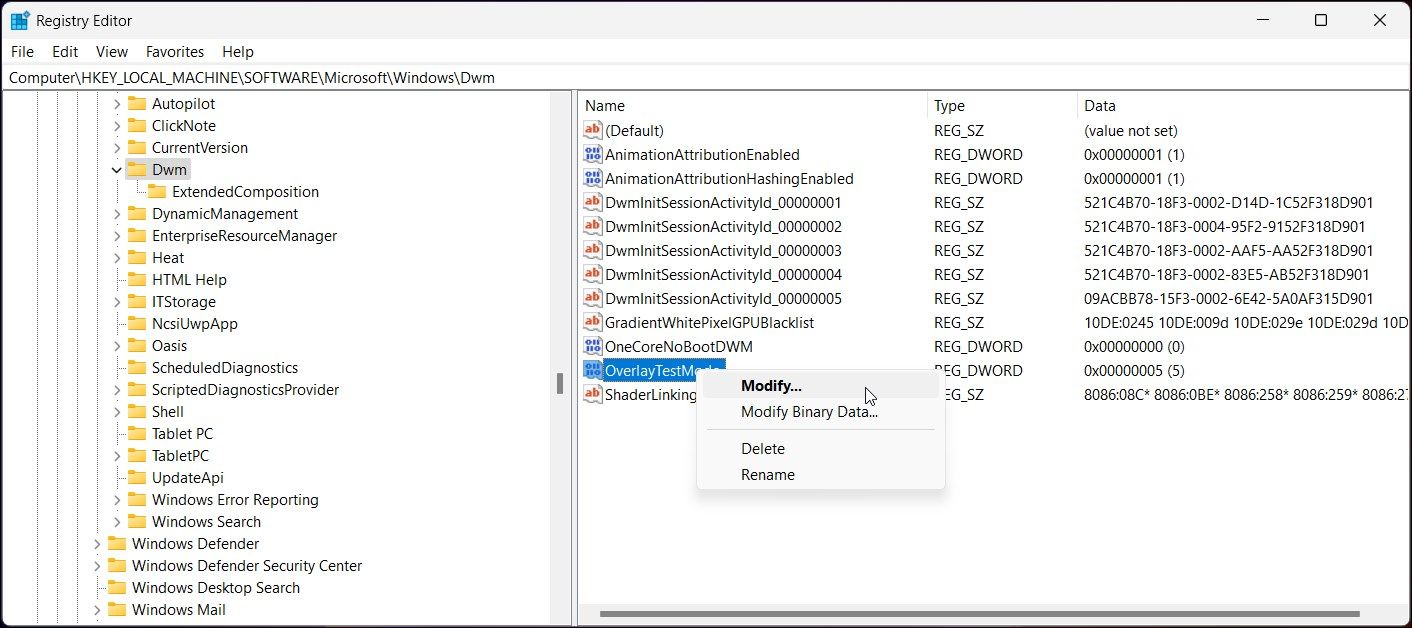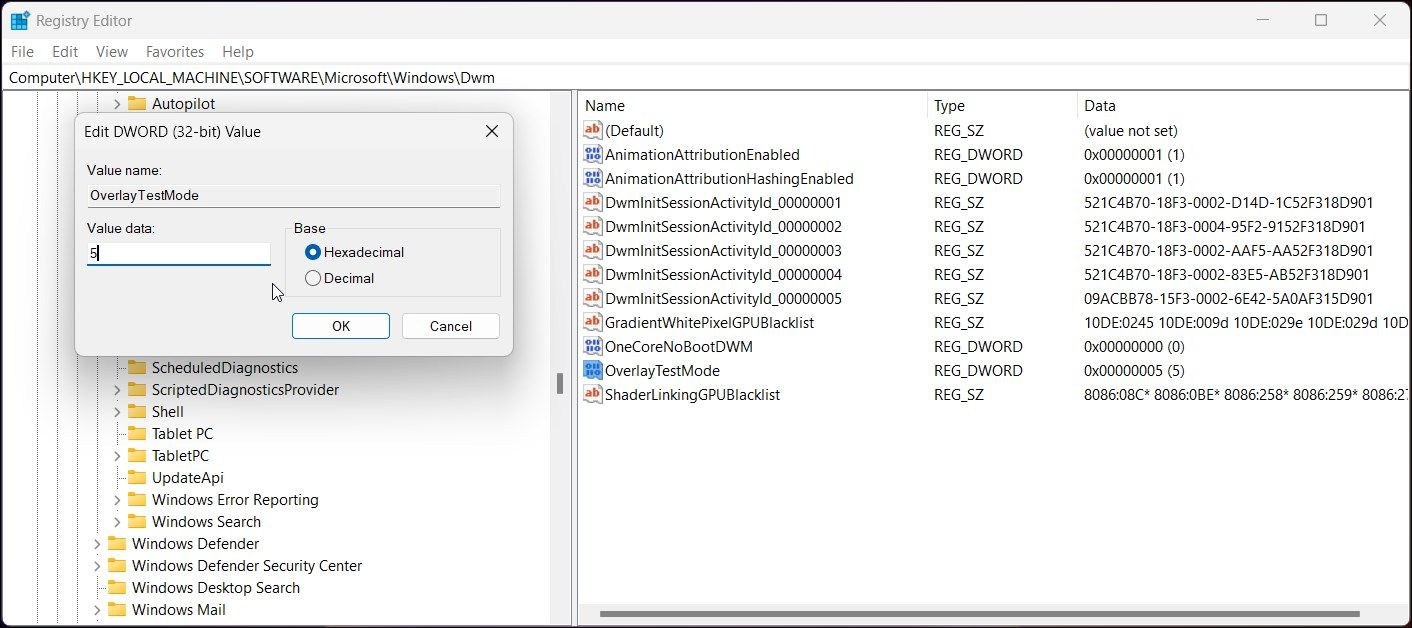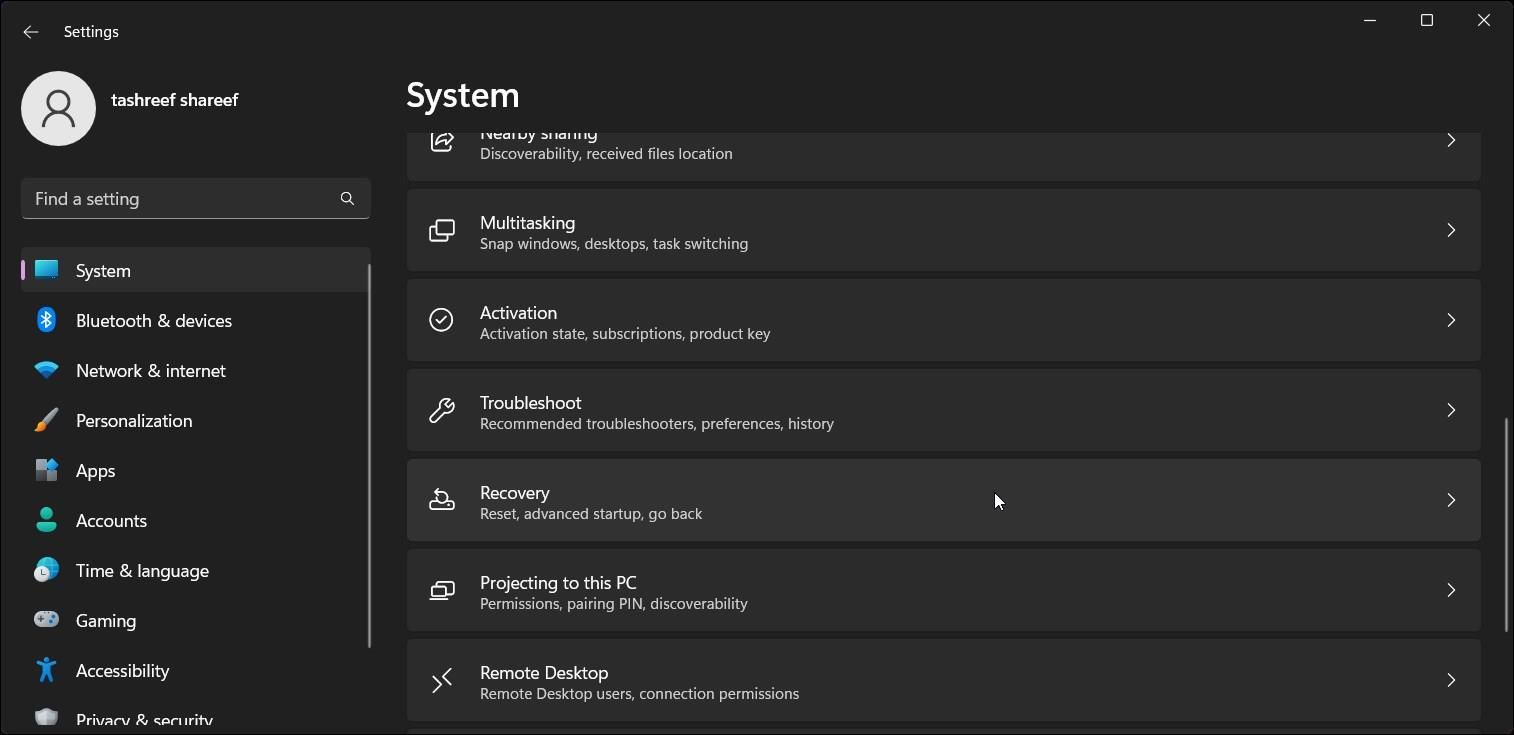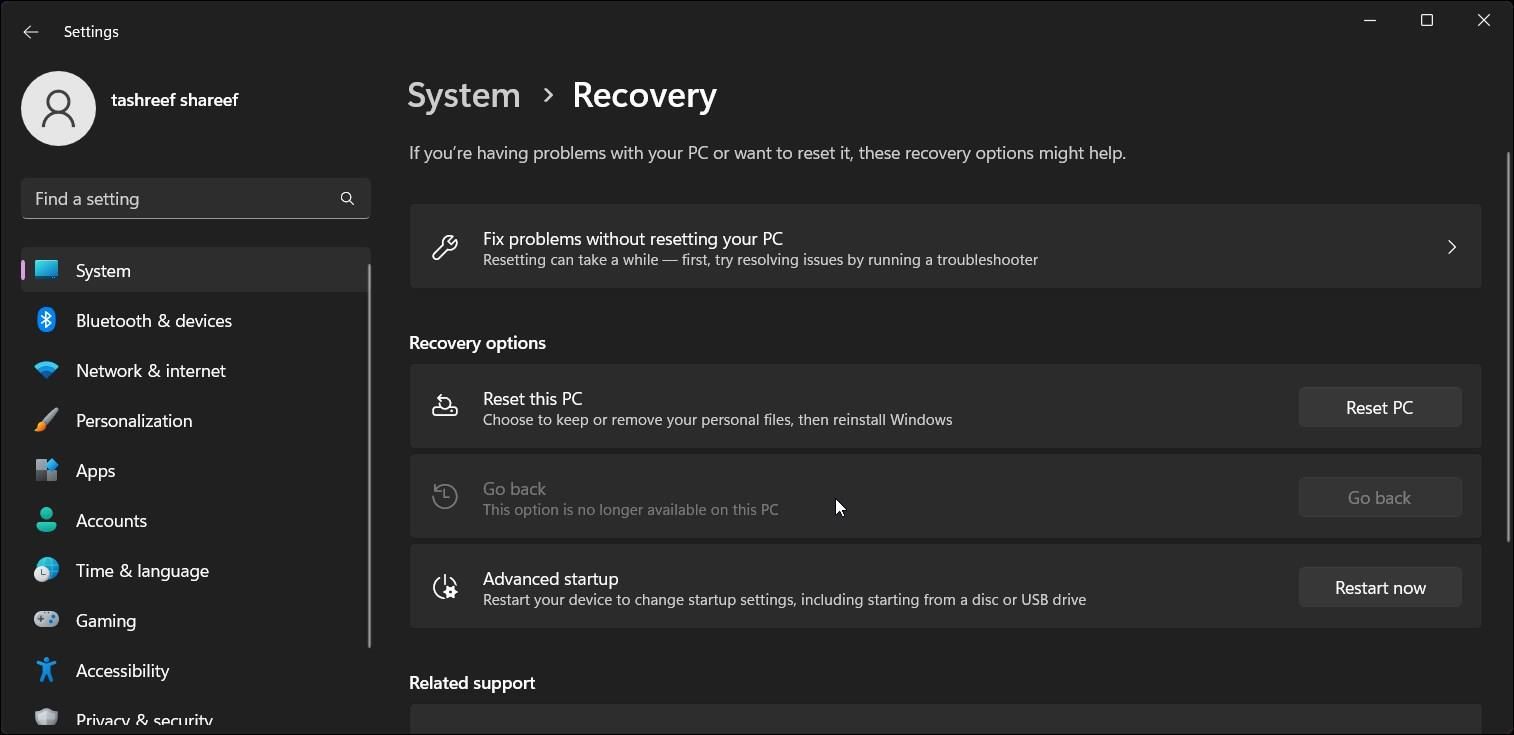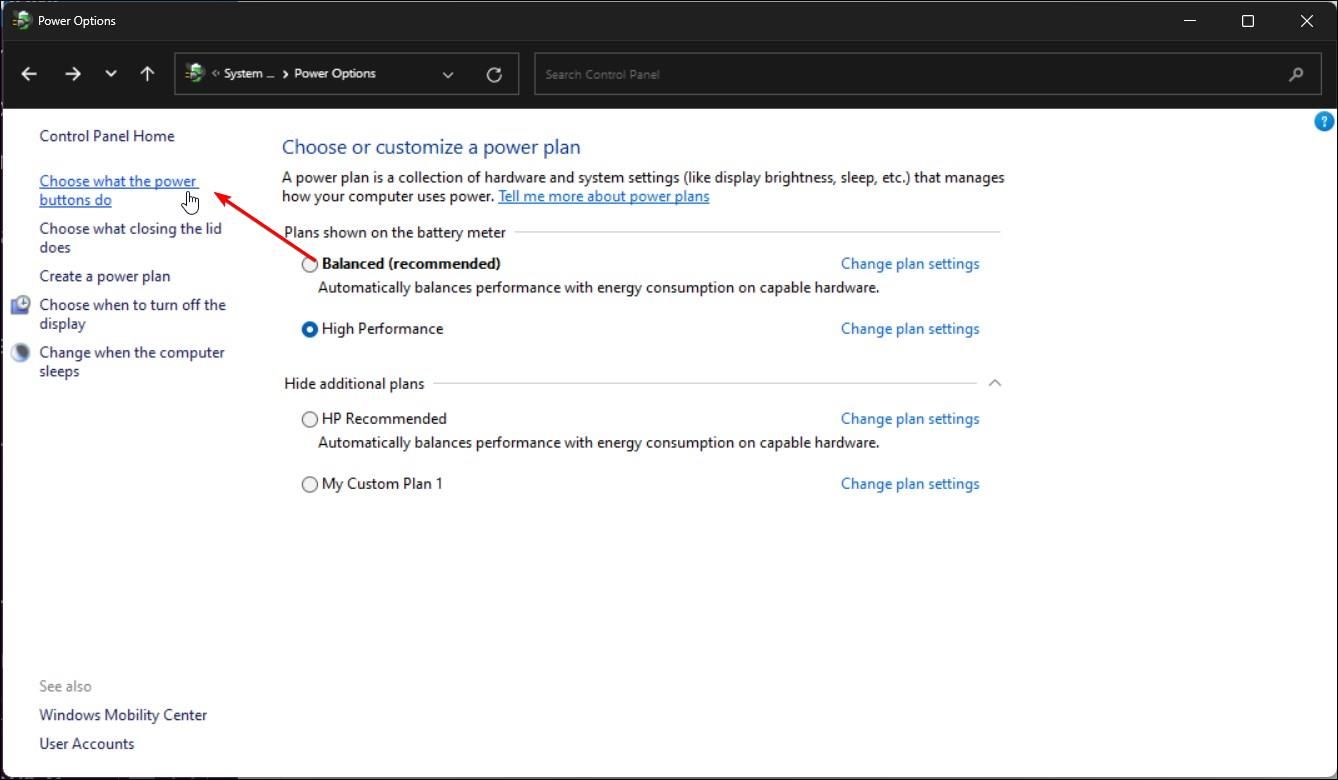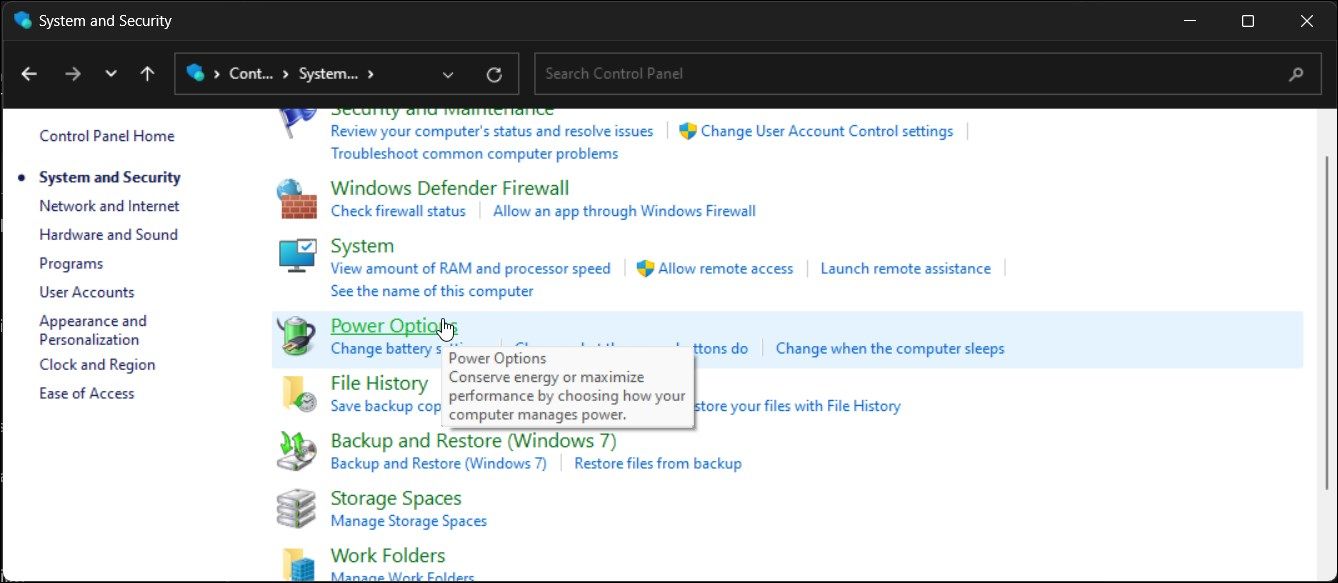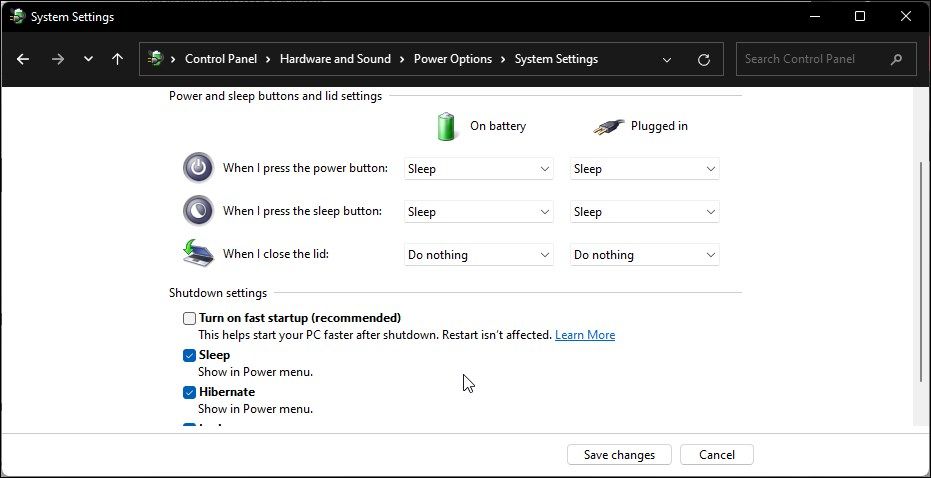Windows updates tend to bring new features, performance improvements, and bug fixes. That said, some computers tend to run into issues after installing a major update. Among the common issue after a Windows update is the display driver crashing problem.
Your display driver can crash due to an outdated driver, compatibility issues with the new update, and Timeout Detection and Recovery (TDR) conflict. As such, here are a few things you can try to troubleshoot and fix a crashing display driver after an update.
1. Remove and Clean Install Display Driver
Often the display driver problems are due to the display driver itself. So a quick fix for the issue is to uninstall the display driver and then clean install it from the manufacturer's website.
There are many ways to clean install the display driver on a Windows computer. For this guide, we will use the Display Driver Uninstaller to remove the driver and install it from the manufacturer's website.
If you can't boot into Windows due to severe crashing, make sure to download the DDU app to a USB drive and then connect it to your PC. Next, boot into safe mode on Windows and follow the steps below.
Additionally, take note of a few more things before you begin:
- We recommend you run DDU in safe mode to uninstall the drivers without any issues. The uninstaller will detect and warn you that you are not in safe mode when you try to use the app in normal boot.
- You may also temporarily lose access to your secondary display as the display driver uninstalls.
- To reinstall the driver you may need an active Internet connection for verification and download. If not, make sure to download the offline version of the driver before proceeding with the uninstallation procedure below.
To clean install the display driver:
- Go to the DDU page and download the latest version of the uninstaller.
-
Run the .exe file and extract it to a different folder on your PC.
- Open the DDU folder and then click on Display Driver Uninstaller.exe. Click Yes when prompted by UAC.
-
In the DDU interface, click the Select device type drop-down and select GPU.
- Next, click the Select device drop-down and select your GPU make (Intel, AMD, Nvidia).
- Next, click on Clean and restart.
DDU will create a restore point before it starts to uninstall the display driver. You can use it to restore your PC to its current state if something goes wrong during the process.
- DDU will uninstall all the drivers and components to make way for a clean install. Wait for the process to complete, and the PC will restart.
- After the restart, go to your display driver manufacturer's website: AMD Radeon Software, Nvidia GeForce Experience, or Intel Graphics Windows.
- Download the latest version of the display driver suite available for your graphics processor.
- Run the installer and wait for the process to complete. Once installed, your secondary display should start to work again.
- Restart your PC. After the restart, the display driver should stop causing issues.
2. Disable Multiplane Overlay Using the Registry Editor
If your display driver crash also has a black screen and stuttering issue, you can disable Multiplane Overly (MPO) to fix the problem. MPO is a Windows feature associated with the Windows Display Driver Model that checks details for the multiplane overlay capabilities.
However, MPO seems to be a common contributing factor for both AMD and Nvidia drivers crashing issues, such as the AMD driver time-out error. To fix the problem, try to disable the feature using Registry Editor.
Note that incorrect modifications to the Windows Registry can cause system malfunction. Make sure to take a registry backup and create a restore point as a recovery option.
To disable multiplane overlay:
- Press the Win key and type regedit.
- Click on Registry Editor from the search result. Click Yes if prompted by UAC.
-
In Registry Editor, navigate to the following location:
Computer\HKEY_LOCAL_MACHINE\SOFTWARE\Microsoft\Windows\Dwm -
In the left pane, right-click on the Dwm key.
- Select New > DWORD (32-bit) Value.
-
Rename the key as OverlayTestMode.
-
Next, double-click on the OverlayTestMode Value to open its properties.
- Type 5 in the Value data field and click OK to save the changes. That should disable MPO on your Windows PC.
- With the MPO disabled, restart your PC and check if the display driver runs into any issues again.
3. Roll Back to a Previous Version of Windows
Windows 10 and 11 feature a handy "go back" feature. It lets you roll back to the previous version of Windows to undo any changes the new update made to your PC.
However, this is not an indefinite feature. You have only ten days window to perform a rollback. After ten days, Windows will delete the old backup, and thus the "Go back" option will become inaccessible.
Follow these steps to perform a Windows update rollback:
- Press Win + I to open the Settings app.
-
In the System tab, scroll down and click on Recovery.
-
Next, click on the Go back button.
- Click on Restore and follow the on-screen instructions.
If you see the "This option is no longer available on this PC" message, you won't be able to use this feature to perform a restore. That said, for future updates, you can extend the 10 days rollback period to 60 days in Windows 11 using a registry hack to get a longer rollback window.
4. Disable Fast Startup
Fast Startup helps your PC boot faster than a conventional shutdown. However, occasionally the feature can affect the normal startup behavior and may cause issues with the display driver.
To fix the issue, try to disable fast Startup on your computer. Here's how to do it.
- Press Win + R to open Run.
- Type control and click OK.
-
In Control Panel, go to System and Security > Power Options.
-
In the left pane, click on Choose what the power button do.
-
By default, the Shutdown settings are greyed out. To enable them, click on Change settings that are currently unavailable to view the Startup option.
- Uncheck the Turn on fast startup (recommended) option to disable the feature.
- Click Save changes and restart your computer to apply the changes.
Not All Crashes Are Caused by Software
Issues with the display driver and incompatible Windows updates are what normally cause the display driver to crash. But, in most cases, the solution is easy and doesn't involves repair cost.
However, if the issue persists, consider the possibility of a dying graphics processor. The signs often include worsening glitches, strange fan noise, frequent crashes, and a drastic decrease in performance.

